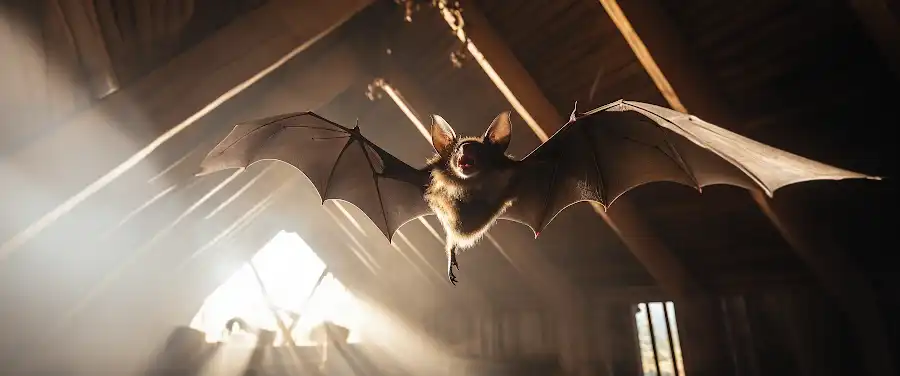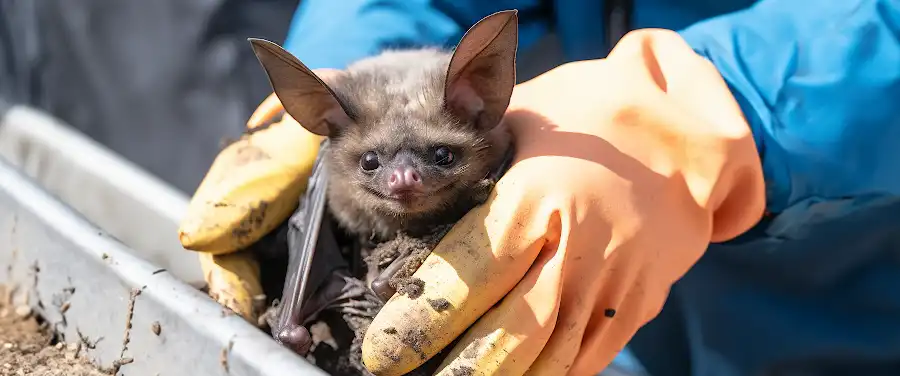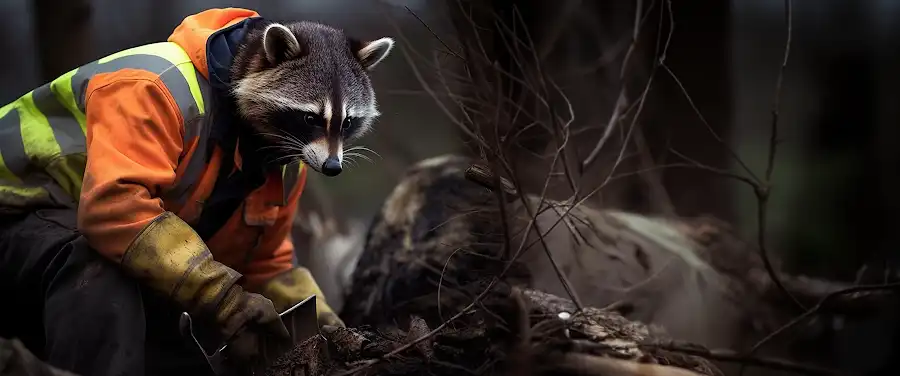
I’ll bet my bottom dollar that you didn’t expect your next houseguest to be a rowdy raccoon. But lo and behold, these masked nocturnal marauders have a notorious reputation for rummaging through garbage, making nests in attics and chimneys, and causing a whole sundry of raccoon problems. When this happens, some might leap for the nearest trap or poison. But let’s pump the brakes on that for a second. Ever thought about more humane, ethical wildlife control methods?
Addressing raccoon problems doesn’t have to translate to damage control only. In fact, it should be less about removal and more about prevention and control. Using nonlethal techniques can effectively keep these little bandits at bay, without causing them harm. Consider it a part of coexisting with nature. After all, raccoons are just trying to survive in a rapidly urbanizing environment that was once their home.
When you understand the benefits and the importance of controlling wildlife around your home, your approach to these creatures changes. Think about it; less trash scattered around your yard, no more raccoon families nesting in your chimney, or damage to your property. The peace of mind that comes with effective, nonlethal raccoon management is priceless. But remember, a proper understanding of these critters is the key to coexistence. That said, let’s delve further into what makes raccoon removal so vital to homeowners, particularly those residing in Central Florida.
Why Choose Nonlethal Wildlife Control?

It’s common to encounter raccoons in Central Florida, especially in urban and suburban neighborhoods. These intelligent, curious creatures are well adapted to live close to humans, but their antics can sometimes lead to conflicts. That’s where nonlethal raccoon removal techniques come in handy. Why choose this approach, you ask?
Well, here’s why: Ethical considerations, legal restrictions, and long-term nonlethal benefits.
Firstly, we ought to consider ethical aspects of wildlife control. Animals, including raccoons, have an intrinsic right to live. Nonlethal raccoon removal techniques respect these rights, ensuring raccoons are merely relocated instead of killed.
Secondly, there are also stringent legal restrictions on harmful raccoon removal methods. In Florida, regulations prohibit the use of traps that can physically harm raccoons or the use of dangerous substances.
Lastly, let’s not forget the long-term benefits of nonlethal methods. These techniques, when implemented properly, are effective and offer lasting solutions that curb raccoon invasion without negatively affecting the raccoons or their ecosystem.
Considering the above points, nonlethal wildlife control tops any other method when it comes to dealing with our little masked guests. It provides a humane solution to a common human-animal conflict, supports legal regulations and promotes a harmonious coexistence with our furry neighbors. Remember, “A kind gesture can reach a wound that only compassion can heal.” This quote by Steve Maraboli encapsulates why nonlethal raccoon removal techniques should be our first choice.
According to a study conducted by the Humane Society of the United States, an astounding 80% of American homeowners prefer to use nonlethal wildlife control methods.
As we progressively move towards greener alternatives in various aspects of our life, let’s extend that courtesy to how we handle wildlife in our backyards. Together, we can foster a kinder world for all living beings. Now, if you’re wondering how to detect if you have a raccoon problem, read on in the next section, where we’ll delve into how to identify a raccoon issue.
How to Identify a Raccoon Problem
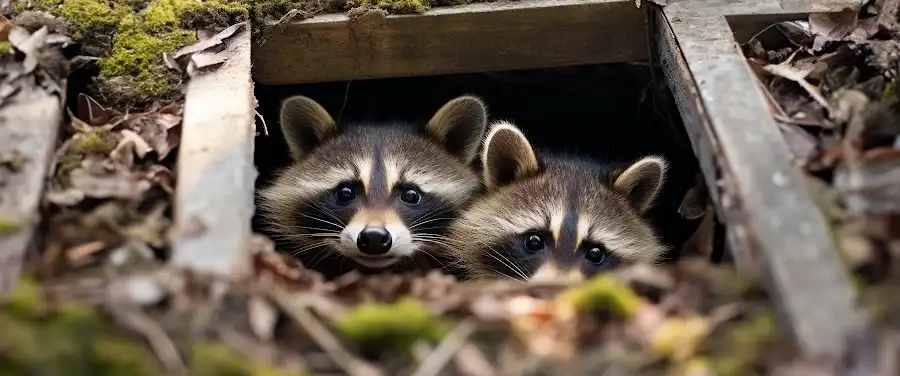
Caring for your property entails keen observation and prompt action, which includes being aware of any wildlife-related issues that start to build up—like raccoons. Yes, raccoon as cute and fascinating as they may be from afar, they can be destructive when they make your property their home. Understanding how to identify a raccoon problem is key to maintaining a safe and healthy environment.
Ever strolled around your yard to discover upturned dustbins, ripped trash bags and scattered waste all over? These are classic signs of a raccoon presence. Raccoons are crafty critters with dexterous paws that allow them to explore and get access to potential food sources. Observing damage to your home such as gnawed vents, chewed wires or torn shingles can hint towards a raccoon’s nesting area.
Did you know that understanding raccoon behavior can also help you identify potential infestations? For example, raccoons are primarily nocturnal, so if you hear strange disturbances in the middle of the night like scratching or scuffling sounds from your attic or walls, it might be a clear sign of a raccoon invasion.
Another pressing concern about these sneaky intruders is the various diseases and infections they may carry. These include raccoon roundworm, a potentially fatal disease, and rabies, a known deadly virus, which can both be transferred to humans. Not to mention, their droppings can contain microscopic eggs that can infect humans if inadvertently inhaled or ingested.
Below is a summary of signs and indications of a raccoon problem:
Now that you know how to identify a raccoon infestation take this knowledge into prevention. It’s best to prevent these sneaky critters from making your property their nesting ground. Stay tuned for our next topic “How to Prevent Raccoons from Entering Your Property?” For more in-depth insight about raccoons and their behavior, check out this page. Trust us; it’s going to change the way you think about these little invaders and give you more power to keep raccoons away from your property.
How to Prevent Raccoons from Entering Your Property?
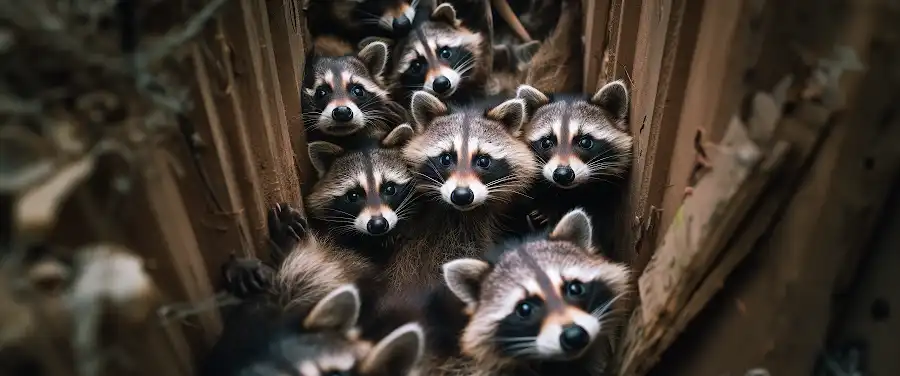
Are you tired of these adorable yet troublesome critters, known as raccoons, trespassing into your property? By implementing practical raccoon removal techniques, you can effectively deter these typically nocturnal mammals that are known for their mischief. This article aims to provide you with efficient strategies to create a less inviting sanctuary for these Central Florida locals.
Effective Ways to Make Your Yard Less Inviting to Raccoons
Creating a raccoon-averse environment involves more than just simple yard modifications; it’s about breaking the chain of attraction. Raccoons are omnivorous and have an astute sense of smell, drawing them to easy food sources. However, there are some tactics you can implement:
- Secure your trash cans: These can be a feast for raccoons. Use locking lids or store them in a secure place like a locked shed or garage. You might also want to rinse out your trash cans frequently to eliminate food odors.
- Remove potential food sources: Don’t leave pet food outside overnight. Keep bird feeders out of reach. Clean up fallen fruits promptly. If you have a compost heap, ensure it’s securely covered.
- Install motion-activated sprinklers or lights: These can act as a deterrent, scaring off raccoons when they venture near.
Raccoon-Resistant Modifications to the House
Raccoons are skilled climbers and can easily access rooftops, attics, and chimneys. Implementing raccoon-resistant modifications might help you out:
- Chimney caps: Install these to prevent raccoons from nesting there.
- Roof and attic: Regularly inspect these for damages – even minor ones can potentially allow raccoons to squeeze through.
- Check fences: Keep them fully repaired and consider installing a top that leans outward to impede raccoons from climbing over.
Importance of Regular Property Maintenance
Continuous upkeep of your house and surrounding yard is significant in preventing raccoons. Overgrown plants and piled-up debris can provide shelter for these creatures. Also, stagnant water bodies not just attract raccoons, but also foster mosquito breeding.
Your yard might be prone to encounter raccoons, but it doesn’t mean it should be a playground for them. Achieving topical authority in raccoon deterrent plans and consistently applying them is a key step to secure your property.
Chasing away raccoons is not enough. Employ a holistic approach to maintain an environment that naturally repels these critters. Monitor & adapt to new patterns, which surface in your yard and keep applying the lessons learned in mitigating further incidents. Above all, inform others about these raccoon removal techniques and foster a culture of pro-active wildlife control among your community.
As this logical mitigation draws to an end, let’s pivot and consider humane ways, through which you, as a homeowner, can still remove raccoons non-lethally if any of the preventive measures fail to keep them away. Stay with us as we delve into the subsequent chapter, “What Can a Homeowner Do to Remove Raccoons Nonlethally?”
Conclusion
As we have seen, raccoon removal techniques are not just about getting rid of a nuisance. They’re about being a responsible human in managing wildlife. We’ve learned that raccoons are intelligent, adaptable creatures that often find themselves in conflict with humans due to our shared ecosystems. Instead of resorting to harmful actions, we can find ways to peacefully coexist with these critters and ensure their welfare while protecting our property.
We’ve covered a wide array of techniques, from preventative measures like securing the garage to deter their entry and compost management, to nonlethal removal practices like using trap boxes. Each one prioritizing the raccoon’s safety and well-being, as well as humans and our property.
We’ve also learned that raccoons can be a tricky issue to handle. Each case is unique. You need to evaluate the situation, and in complex scenarios, consider enlisting the aid of a professional wildlife control service to help manage the situation. Remember, preventing harm to wildlife while keeping your property safe reflects responsible behavior.
These are solutions not all may adopt, so it’s crucial to spread the knowledge to surrounding neighborhoods. After all, recap solutions have shown that community efforts yield the best results when dealing with raccoon invasions.
Regardless of the path you choose, whether fighting the lone battle or calling for professional help, you have to follow ethical, non-lethal raccoon removal techniques. They may be a nuisance, but they also play an essential role in our ecosystem, from controlling pests to dispersing seeds.
Let’s give raccoons the respect they deserve as fellow habitants of our shared earth. We may have named them pests, but it’s up to us to learn and adapt so we can peacefully co-exist.
Let’s remind ourselves of our important role – to respect and care for all of earth’s creatures while taking necessary measures to protect our homes and families. After all, it’s not just a raccoon problem; it’s a shared problem for all of us.


